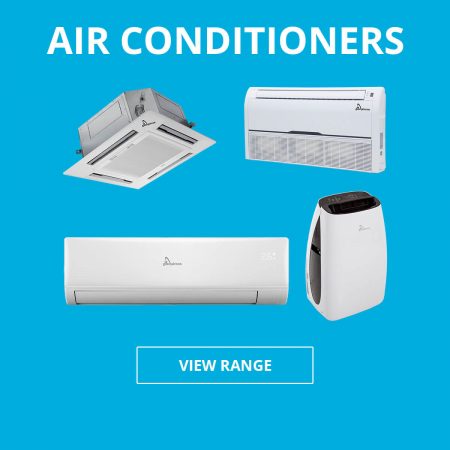No sweat and no discomfort, air conditioners are fantastic inventions for those who live in a hot and humid climate. Although a blast of cold air running throughout your home or business can be relieving, many people have certain concerns on whether the water from the unit is safe. We aim to inform you on what water is used in an air conditioner, the process it goes through to transform the water, and how sanitary an air conditioner is to answer the burning question of “is water from air conditioner safe?”
What Type of Water is Used in an Air Conditioning Unit?
Basically, the form of water that is used in air conditioning units is condensed water. This water is taken from water vapor in the air and is transformed into a liquid through the compressor. This process happens on the unit outside the building as it requires a lot of energy and, therefore, produces a lot of heat — which is definitely not what you want!
This liquid is passed through the cooling compartment on the inside unit and the air from the building passes through evaporator fans. There, the water turns back into a vapor and cools the air within the chamber. Once the heat is removed from the air, it’s blown back into the building at a much cooler temperature.
This is the relatively complex and interesting process that ensures your home or business continues to stay cool in hot temperatures and humid climates.
How Clean is the Water from an Air Con?
So, considering the process of how the unit cools air, is water from an air conditioner safe?
If there are any contaminants in the water/air coming from an air conditioning unit, then there is a problem with the part/parts that form the machine. The water or vapor in itself is, generally, very sanitary and safe to use. Furthermore, most air conditioning units should use parts that will reduce contamination as much as possible, meaning it’s often not an issue.
However, this is not the same for all companies, and a business may have cut corners when designing and producing their air conditioning units. This means that a unit fitting this description is more likely to release contaminants into the air. Moreover, if the machine is not properly serviced and cleaned, then you will increase the chance of running into sanitation issues.
Servicing Your Air Conditioning Unit
Regular servicing of your air conditioning unit will ensure that it continues to run safely for as long as possible. Fortunately, servicing and cleaning an air conditioning machine is relatively simple. The main items home/shop owners need to consider cleaning are the filters and coil of the machine. There are plenty of videos and guides online on how to effectively complete a service.
If you’re not comfortable with cleaning it yourself, then getting a professional to service the machine is a good option. This can set you back anywhere between $100 to $400 dollars. However, you will have peace of mind that the service has been completed to a professional standard and that your machine is as good as new!
